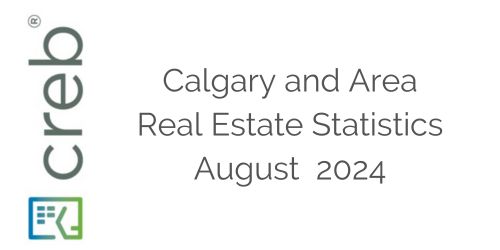Alberta is calling. At least, that’s the message the province has been trying to send out to the rest of the country for the last two years. The campaign is a push to bring skilled talent to the province from other parts of the country, primarily British Columbia and Ontario. The most recent phase of the campaign offers a refundable tax credit to skilled tradespeople who help build the province’s housing and infrastructure.
And, it seems to be working. Since 2021, the province’s population has grown significantly, both in major cities like Calgary, and in more rural parts as well. This means demand on the real estate market is increasing, while supply hasn’t changed much.
What’s happening in Alberta now?
The growth in Alberta has been noticeable. Brad Mitchell, CEO of the Alberta Real Estate Association notes “we have the highest migration in any of the provinces.” From April 1, 2023 to April 1, 2024, Alberta’s population grew at a rate of 4.41%, according to the provincial government. Alberta gained about 50,000 new residents in the span of the first few months of 2024.
British Columbia and Ontario have been the strongest sources of migration, although Mitchell adds there was a substantial influx of Ukrainian immigrants following the start of the war in that country, with much of Alberta maintaining strong Ukrainian roots. While the federal government primarily drives international immigration, Alberta has led the interprovincial migration efforts.
On Episode 51 of the Canadian Real Estate Association’s REAL TIME podcast, Ann-Marie Lurie, a chief economist with the Calgary Real Estate Board, explained the challenges this can bring to the market.
“Our market has been performing very differently than what you’re seeing in some other major markets in the country,” she said. “We’ve seen extremely strong demand, we have limited supply, we’re in seller market conditions, and we’ve had strong price growth. This has been happening all the while, while we have very strong or very high interest rates.”
Real estate can still be significantly more affordable in Alberta compared to other parts of the country, with median house prices half the price tag seen in Toronto or Vancouver. Yet with a limited supply, and higher than usual interest rates (even though interest rates are on the decline lately) making homeowners nervous to sell, it means newcomers to Alberta are now having to pay more than they might have expected.
What’s next for Alberta?
Mitchell notes across the province there has been high demand on lower-cost housing, particularly under $450,000. Lurie agrees, saying on the podcast “it hasn’t necessarily entirely curbed our demand, but we have seen that shift towards more affordable product. What we could start to see happen is a pickup in some of the higher-end product in our market as rates start to come down.”
While Mitchell notes population growth is a good thing for the economy, and helps diversify and strengthen the province as a whole, it does require planning to adequately address supply challenges.
For Lurie, that includes addressing land development to keep up with growth.
“We’ve seen land costs rise significantly, especially when there have been some boundaries placed on new development within the city limits and outside of our city. Those are things that we’re looking at on a policy basis,” she added.
Ultimately, municipal and provincial governments will need to work together on a plan to continue to bring this growth forward.
A unique market
“I think it’s going to be very important for both buyers, sellers, and REALTORS® to really understand some of the dynamics within our market,” Lurie said, stressing there are some major differences in Alberta from other parts of the country. “Again, what we’re seeing [compared to the rest of the country] is very differing trends in the lower price ranges, and different product types, and as well as by location.”
Mitchell echoes this sentiment, emphasizing that even though prices are climbing, Alberta may continue to be an attractive option for those looking to re-settle from across the country.














